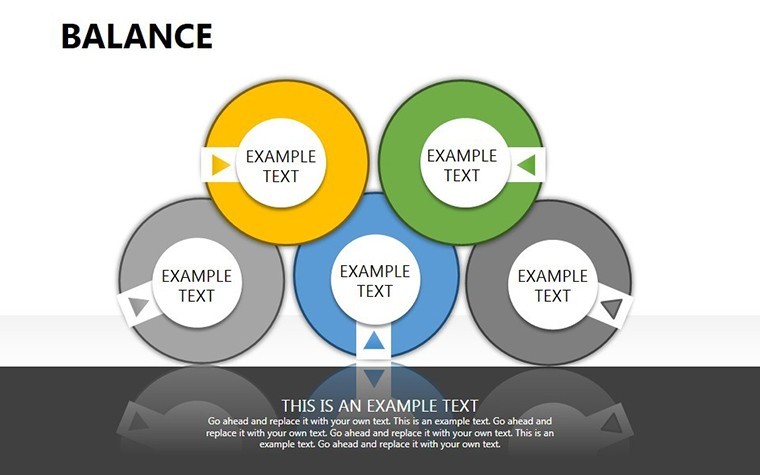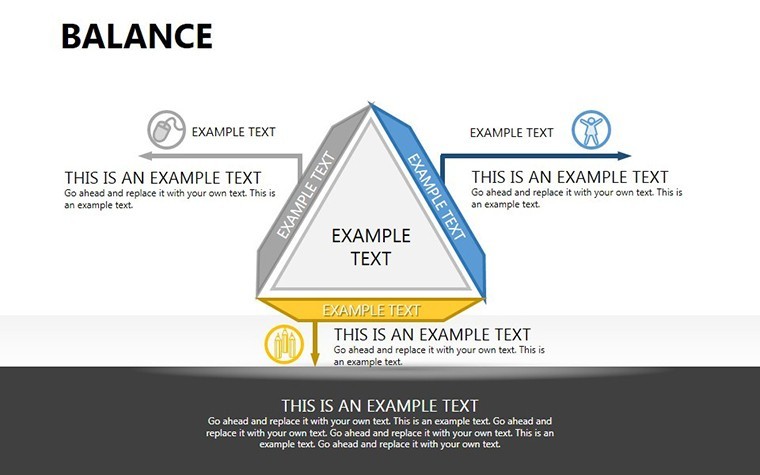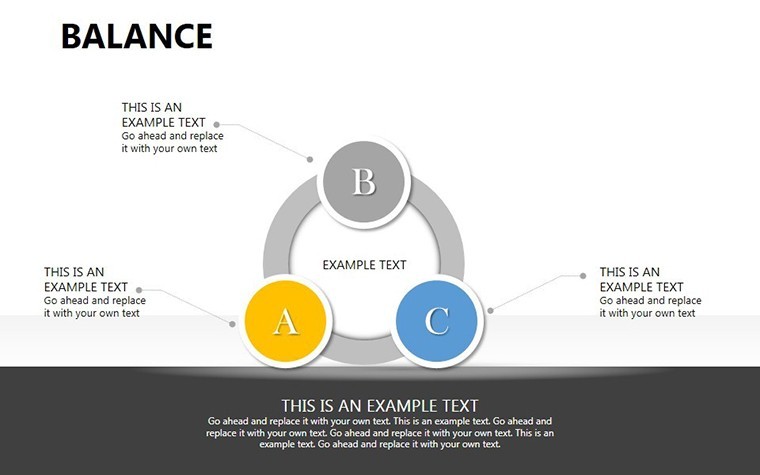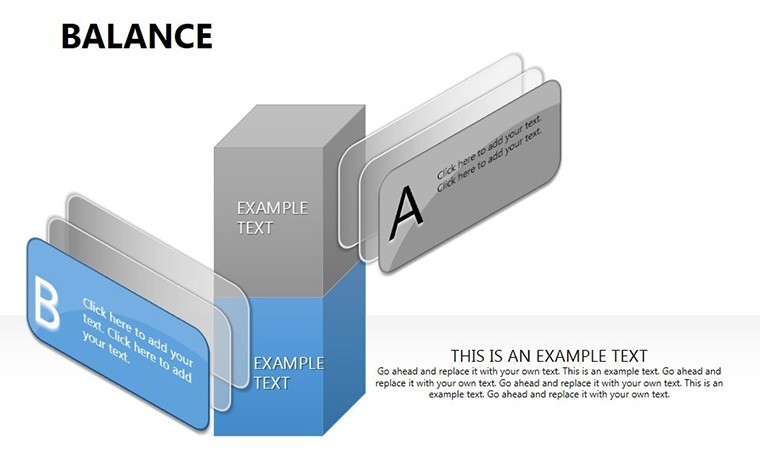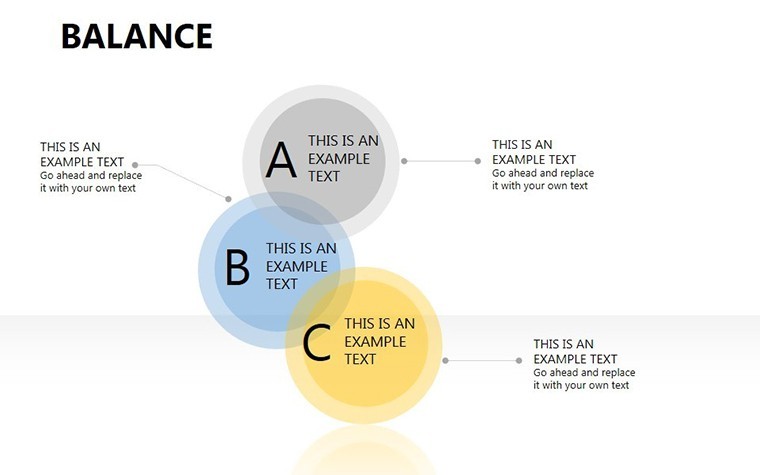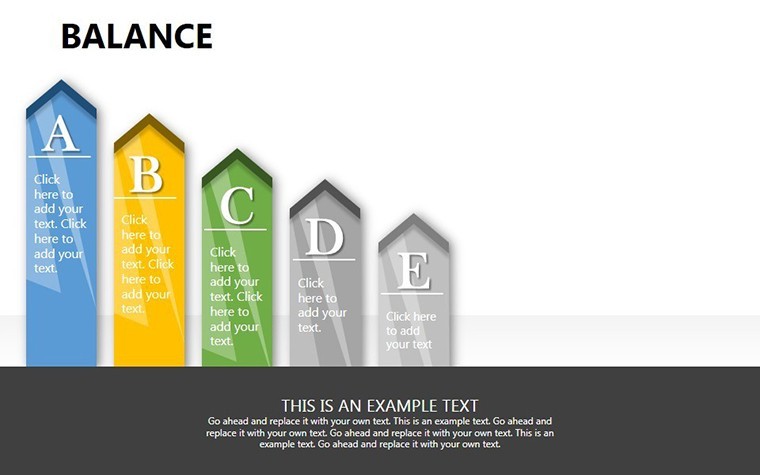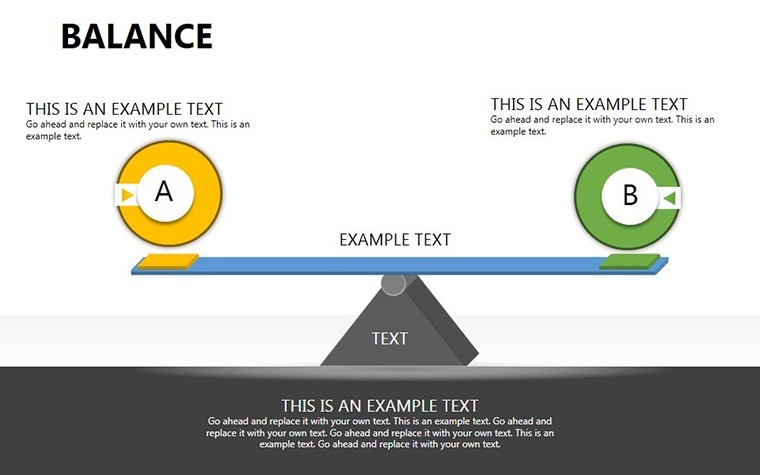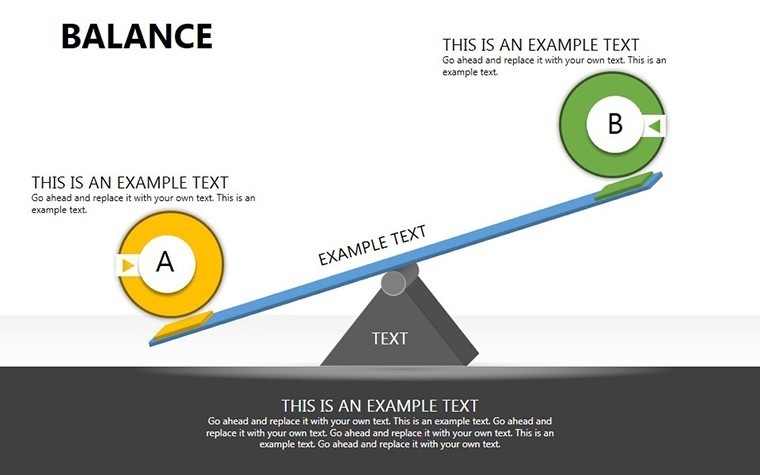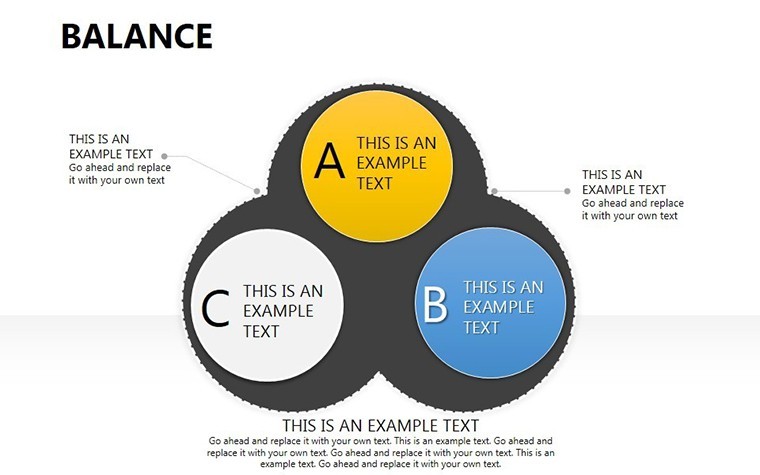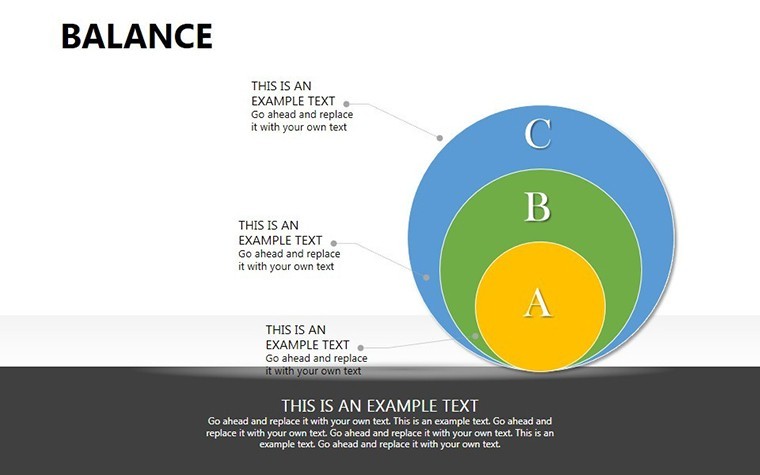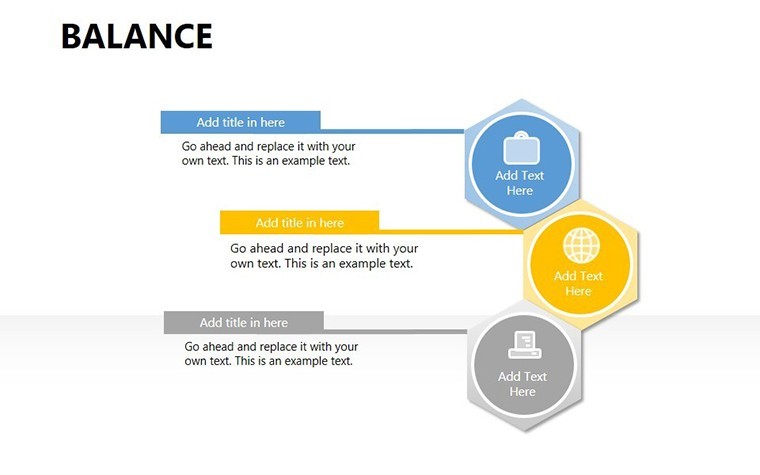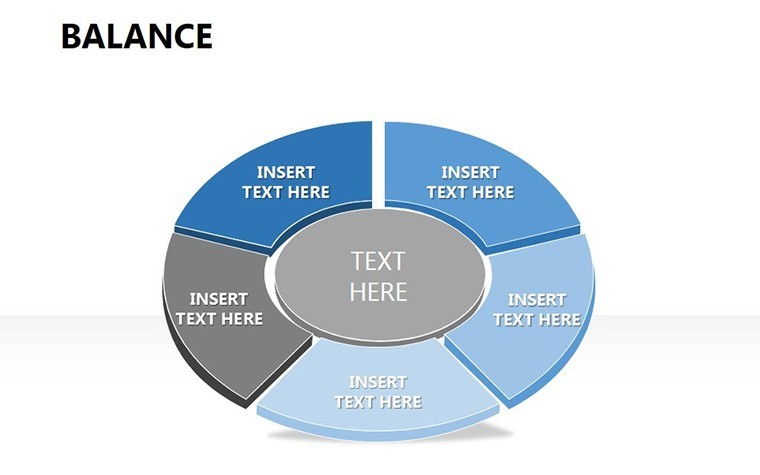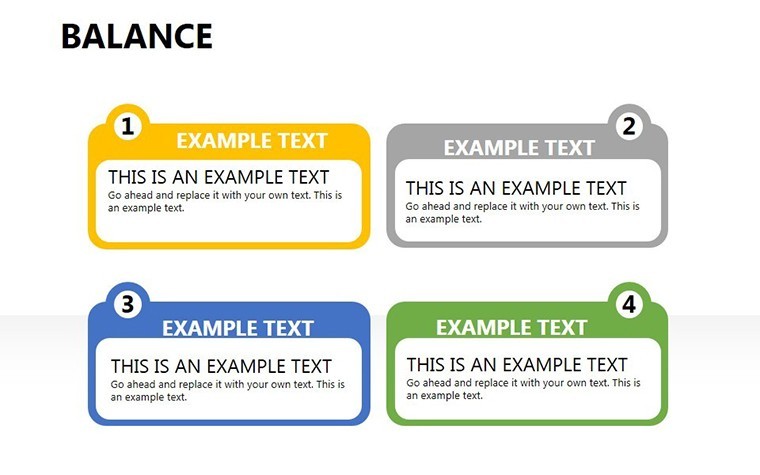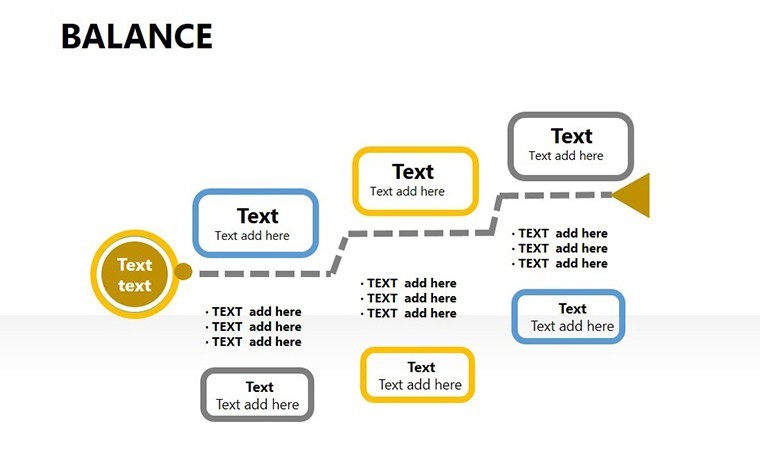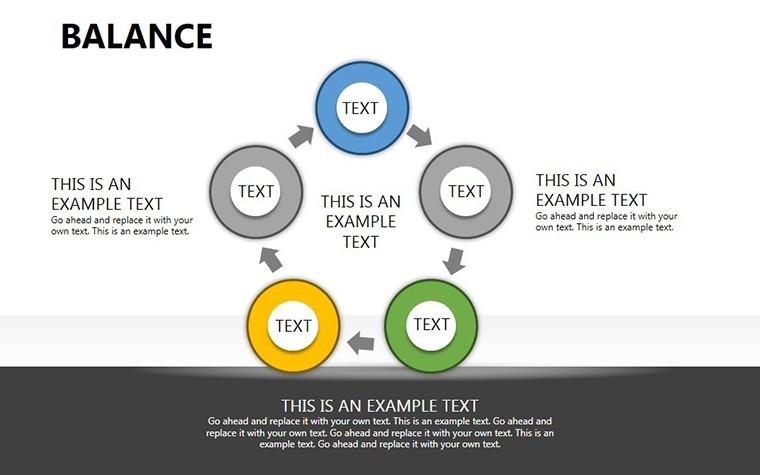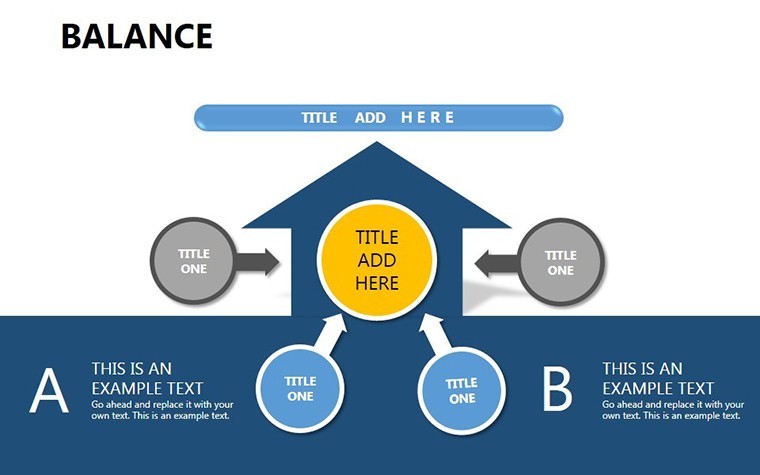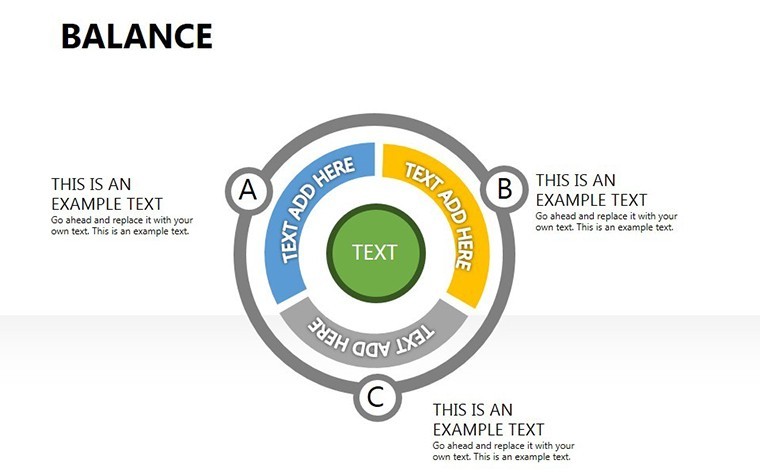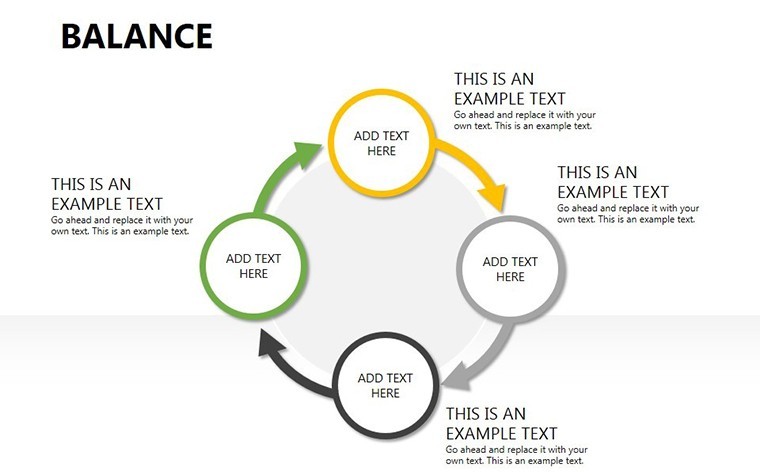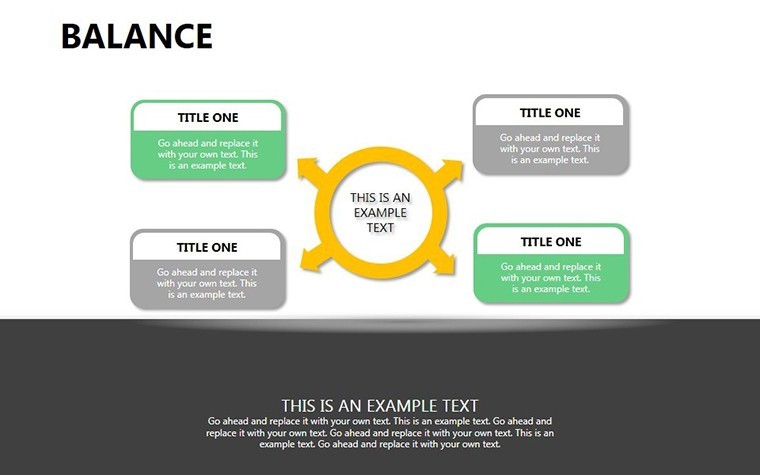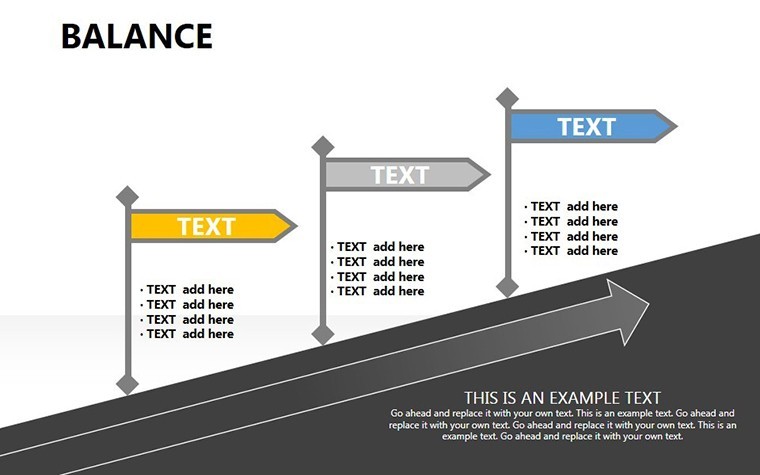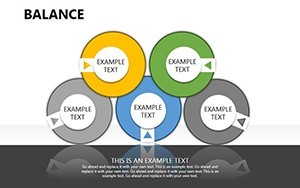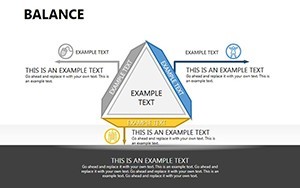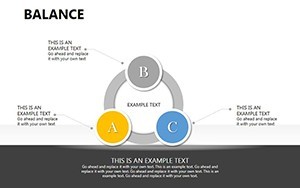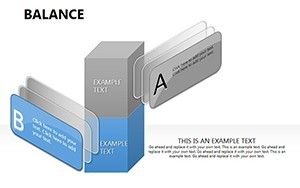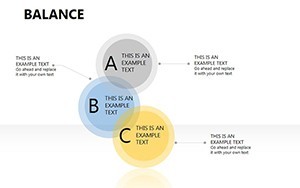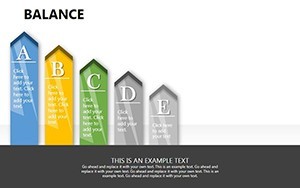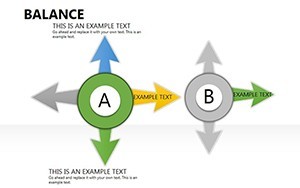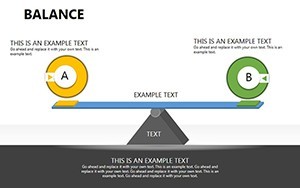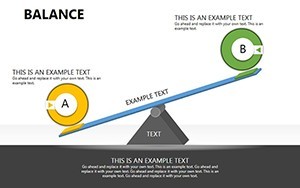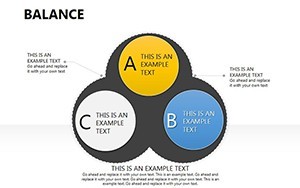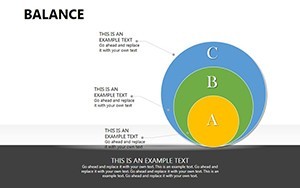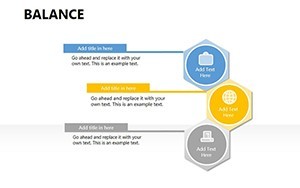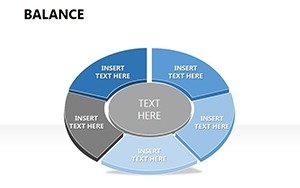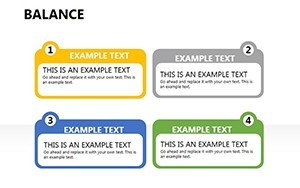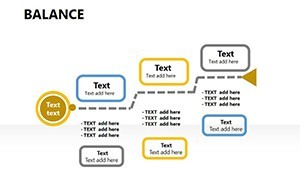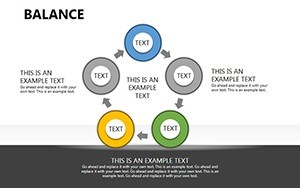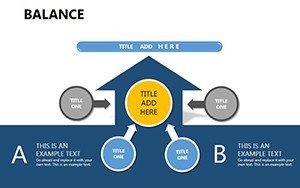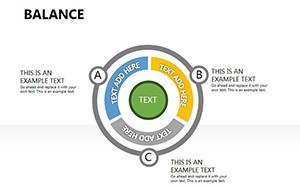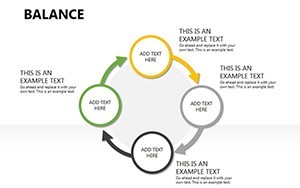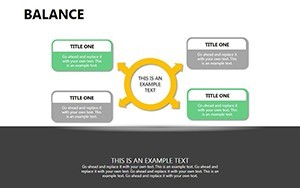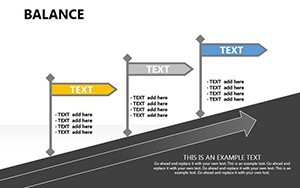Promo code "00LAYOUTS"
Balance Keynote Charts Template: Visualize Relationships with Precision
In today's fast-paced world, presenting complex data relationships doesn't have to be a balancing act. Our Balance Keynote charts template empowers professionals like you - whether you're a market analyst dissecting consumer trends or an educator illustrating ecological systems - to convey insights with clarity and impact. With 21 meticulously crafted, fully editable slides, this template integrates seamlessly into your Keynote workflow on Mac, allowing you to adjust colors, sizes, and elements effortlessly. Imagine transforming raw data into compelling narratives that highlight performance balances, such as revenue versus expenses in a quarterly report or pros and cons in a strategic decision-making session. This isn't just a set of slides; it's a toolkit for storytelling that resonates.
Why Choose This Balance Charts Template for Your Next Presentation
What sets this template apart is its focus on equilibrium in data visualization. Drawing from principles of effective design championed by experts like Edward Tufte, who emphasizes minimizing chartjunk to maximize information, our slides feature clean lines, intuitive layouts, and vector-based icons that scale without losing quality. Each slide is built with custom animated effects to guide your audience's attention - think subtle transitions that reveal data layers progressively, making your points unfold like a well-told story. For instance, use the cycle charts to depict feedback loops in project management, where inputs and outputs maintain a delicate balance, or arrow diagrams to show directional flows in supply chain logistics.
The benefits extend beyond aesthetics. Professionals in finance often struggle with static spreadsheets that fail to engage stakeholders. This template solves that by offering tables that can be populated with real-time data, ensuring your balances - be it asset-liability ratios or work-life equilibrium in HR reports - are presented dynamically. A real-world example: A consulting firm used similar balance visualizations to pitch a turnaround strategy to a client, resulting in a 25% increase in engagement during the presentation, as per industry case studies from firms like McKinsey. By incorporating PNG files and vector icons, you can personalize these slides to match your brand's palette, fostering trust and authority in your delivery.
Key Features That Enhance Your Workflow
- 21 Editable Slides: From basic balance overviews to intricate multi-layered diagrams, each slide is ready for your content.
- Custom Animations: Bring data to life with effects that emphasize shifts in balance, ideal for highlighting tipping points in market analysis.
- Vector Icons and PNG Support: High-resolution assets that maintain clarity on any screen size, perfect for virtual meetings.
- Full Customization: Change text, colors, and photos in seconds, no advanced skills required.
- Category Integration: Combines cycle, table, and arrow elements for versatile applications.
Integrating this template into your routine is straightforward. Start by downloading the .key file, open it in Keynote, and begin editing. For a sales team presenting product comparisons, insert your metrics into the balance charts to visually demonstrate value propositions, making abstract concepts tangible. Educators can adapt these for classroom use, such as balancing chemical equations in science lessons, where visual aids improve retention by up to 40%, according to educational research from sources like the Journal of Visual Literacy.
Real-World Applications: From Boardrooms to Classrooms
Versatility is at the heart of this template. In corporate settings, use it for SWOT analyses where strengths and weaknesses are balanced against opportunities and threats, providing a holistic view that drives informed decisions. Picture a startup founder using these slides to pitch to investors: The balanced charts clearly show risk-reward ratios, turning potential skepticism into enthusiasm. In non-profit sectors, environmental organizations might employ them to illustrate ecosystem balances, like predator-prey dynamics, to advocate for conservation efforts effectively.
For marketing professionals, the template shines in campaign reviews, where you can balance metrics like reach versus engagement. Add your own data, animate the transitions, and watch as your audience nods in understanding. Compared to basic Keynote defaults, which often look generic and uninspiring, this template offers themed variations that align with modern design trends, ensuring your presentations stand out. And with compatibility limited to Mac's iWork Keynote, it's optimized for Apple's ecosystem, delivering smooth performance without compatibility hiccups.
Step-by-Step Guide to Customizing Your Balance Charts
- Open the template in Keynote and select a slide.
- Input your data into the placeholders - text, numbers, or images.
- Adjust colors via the inspector panel to match your theme.
- Add animations: Choose from build-ins to reveal elements sequentially.
- Preview and export for sharing or printing.
This process not only saves time but also elevates the professionalism of your output. Users report spending 50% less time on design, allowing more focus on content refinement. To further boost your presentations, pair these charts with narrative techniques - start with a problem (imbalance), show data (analysis), and end with resolution (balanced outcome). This structure, inspired by storytelling frameworks from experts like Nancy Duarte, ensures your message sticks.
Tips for Maximizing Impact with Balance Visualizations
To truly harness this template, consider color psychology: Use contrasting hues for opposing elements in balance charts to intuitively convey differences. For accessibility, ensure high contrast ratios compliant with WCAG standards, making your slides inclusive. Incorporate LSI terms naturally, like "data equilibrium" or "performance metrics visualization," to enhance search relevance without forcing it. Avoid overcrowding slides; aim for one key balance per view to maintain focus.
In project management, these charts can map resource allocation, balancing team workloads to prevent burnout. A case from agile methodologies shows teams using similar visuals to adjust sprints, improving efficiency by 30%. For personal development workshops, balance wheels help participants assess life aspects, fostering self-reflection. The template's animation capabilities add a layer of engagement, turning static data into interactive experiences during Q&A sessions.
As you explore these slides, you'll find endless ways to adapt them. From financial forecasting, where cash flow balances are critical, to health and wellness programs illustrating nutritional balances, the applications are broad. This template isn't just about charts; it's about empowering you to communicate equilibrium in a chaotic world.
FAQ
- How customizable are the balance charts?
- Fully editable - you can change colors, sizes, text, and add your own data or images seamlessly in Keynote.
- Is this template compatible with other software?
- It's designed for Mac's Keynote (.key format), ensuring optimal performance on Apple devices.
- What industries benefit most from these slides?
- Finance, marketing, education, and project management, where visualizing balances aids decision-making.
- Are animations included?
- Yes, custom effects enhance presentations, making data reveals more engaging.
- Can I use these for commercial purposes?
- Absolutely, ideal for business reports and pitches.

